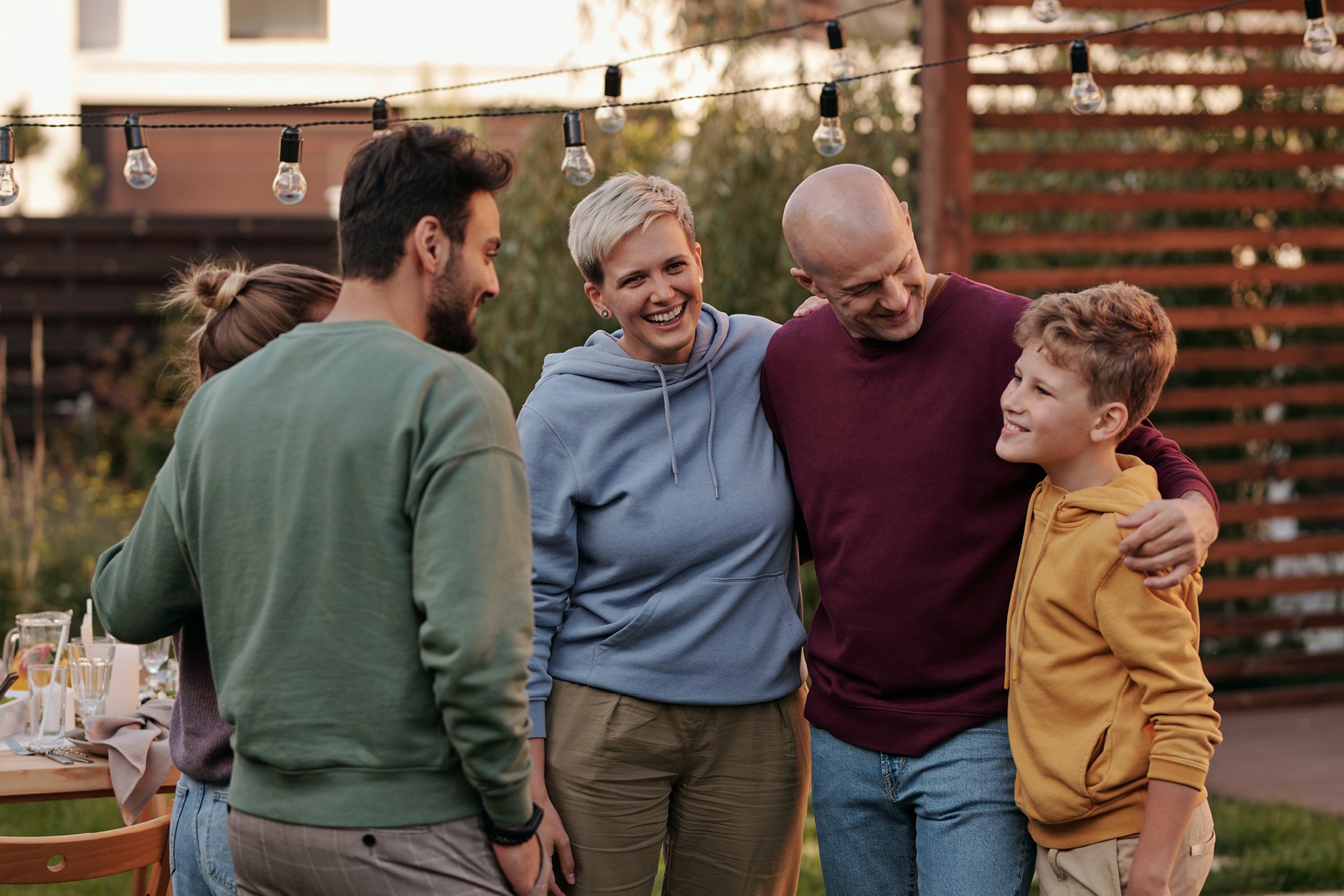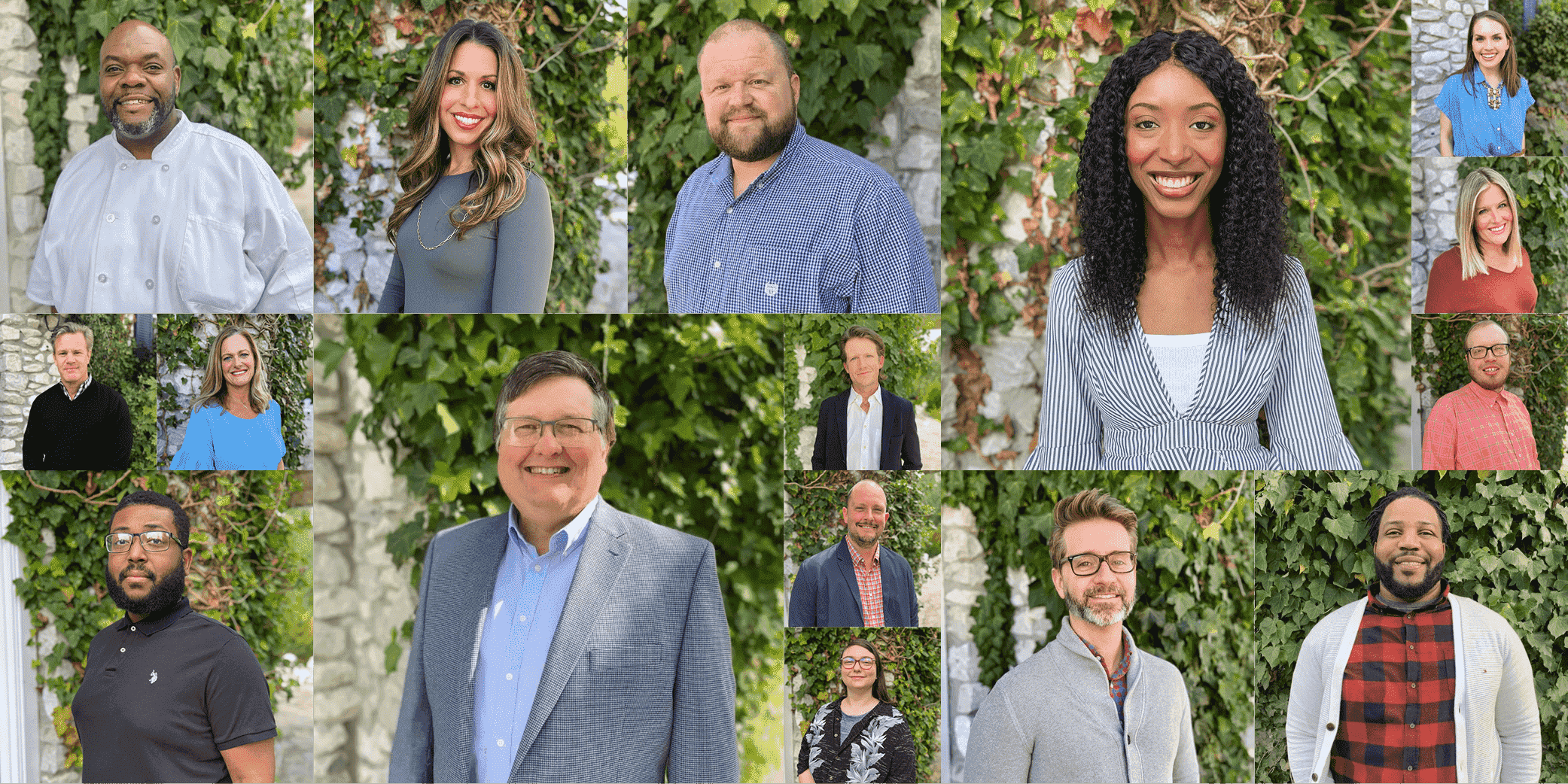A Community Response: Moving Beyond ‘Just Marijuana’

For years, the conversation around teen marijuana use has been minimized; shrugged off as a phase or downplayed as “not that serious.” But at Stonewater Adolescent Recovery Center, we’ve seen firsthand how that mindset can fail our youth. The truth? It’s time to move beyond the phrase “just marijuana” and begin treating this issue as the public health concern it truly is.
The Problem with "Just Marijuana"
Marijuana use among adolescents is more than a passing trend, it’s a cultural shift that carries real consequences. Today’s cannabis products can contain up to 90% THC, a far cry from the 3–5% concentration seen a few decades ago. That result means higher rates of dependency, emotional dysregulation, anxiety, and psychosis in teens who are still developing mentally and emotionally.
One-Dimensional Conversations Don’t Work
Elizabeth Fikes, co-founder of Stonewater Adolescent Recovery Center, while advocating for better community education around adolescent behavioral health said this, “The conversation remains singular, as opposed to a conversation in community.”
Too often, substance use is seen as a personal or family issue. Something that should be dealt with quietly. But too many kids are getting hurt for this to be swept under the rug. We need a cultural pivot toward shared responsibility. Just like we did with anti-smoking campaigns, which successfully reduced cigarette use among teens through community-level education, we can take the same approach with marijuana.

Learning from Past Public Health Wins
Jeff Noles, Clinical Director at Stonewater, draws a powerful comparison to past efforts: “When we treated teens as competent agents—individuals capable of making informed choices—we started seeing real change in smoking trends.”
It wasn’t fear tactics that changed behavior. It was honesty, transparency, and widespread, consistent messaging across schools, clinics, churches, sports teams, and yes—families.

How Communities Can Respond Now
We need to meet teens where they are. That means digitally, socially, and emotionally. A successful community response includes:
- Consistent messaging across platforms – From school assemblies to social media, the message needs to be aligned and relatable.
- Parental education – Many parents still believe marijuana is harmless. Education dispels myths and empowers families to respond early.
- Peer-driven advocacy – Teens are more likely to respond to messages delivered by other teens.
- Accessible support services – Prevention and early intervention must be easy to access and stigma-free.

It Takes a Village—Still
This isn’t about sparking a panic. It’s about moving past complacency and stepping into proactive care. Our teens are watching, listening, and absorbing cultural cues every day. Let’s ensure that what they hear from the adults in their lives is unified, factual, and compassionate.
Because it’s never just marijuana when it affects the trajectory of a young person’s life.

.jpg)

